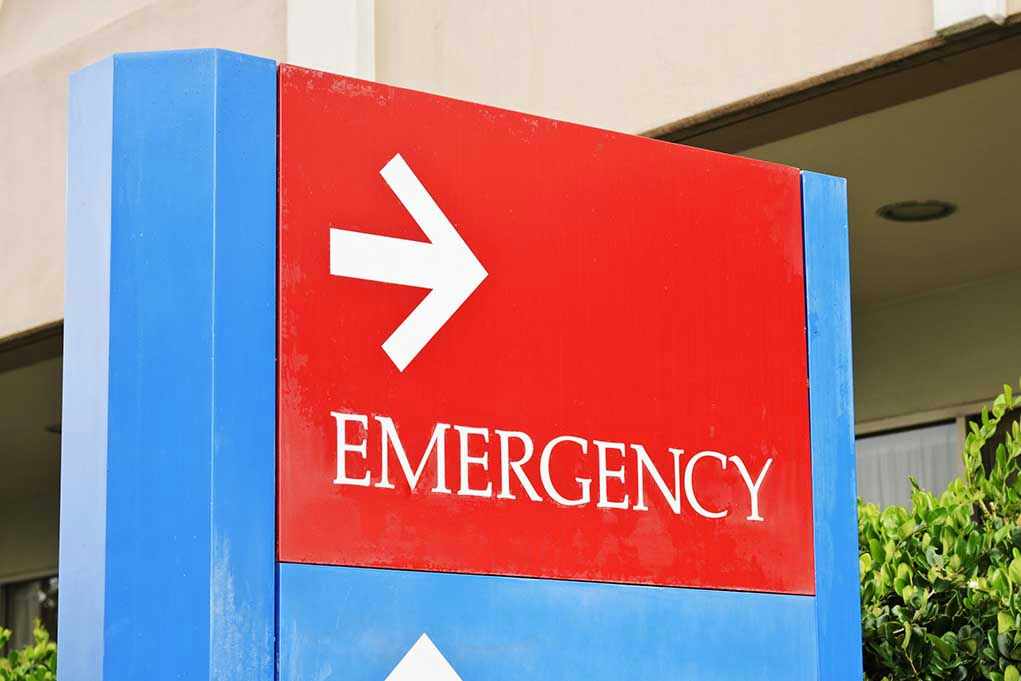
The surging overcrowding in U.S. emergency departments threatens timely care, demanding urgent action and personal vigilance.
Story Snapshot
- U.S. emergency departments face significant overcrowding, affecting patient care.
- ED visits surged by 25% in California, reflecting national trends.
- National hospital occupancy rates rose to 75%, projected to reach 85% by 2032.
- Primary care investment is crucial to alleviate emergency department pressures.
Rising Emergency Department Demand
Emergency departments (EDs) across the United States are experiencing unprecedented levels of overcrowding. Between 2020 and 2023, California saw a 25% increase in ED volume, a trend mirrored nationwide. This surge in demand strains resources and jeopardizes timely care for patients. Experts warn that without significant intervention, U.S. EDs are on an unsustainable path, necessitating urgent action and investment in primary care to mitigate these pressures.
How to Avoid a Trip the The E.R. https://t.co/hnx9X18pVy
— esg división médic@ (@esgdm) September 6, 2025
Systemic Challenges in Healthcare
The U.S. healthcare system faces structural challenges that contribute to ED overcrowding. Limited access to primary care, insurance approval delays, and insufficient community resources drive non-emergent cases into EDs. This influx compounds existing issues, resulting in overcrowding and extended wait times. Historical underinvestment in primary and behavioral health care infrastructure further exacerbates these problems, highlighting the need for comprehensive systemic reform.
Persistent staffing shortages, especially post-COVID-19, have led to a 16% decline in staffed inpatient beds, further compounding the problem. This reduction, coupled with increased patient acuity and complexity, particularly among older adults and those with behavioral health needs, adds to the strain on emergency departments. Addressing these systemic challenges requires coordinated efforts across all levels of the healthcare system.
Prevention and Personal Health Management
Individuals can take proactive steps to reduce their risk of requiring emergency care. Maintaining regular primary care relationships for preventive care and chronic disease management is essential. Utilizing urgent care or telehealth for non-emergencies can also help alleviate ED burdens. Proactively managing chronic conditions, such as adhering to medication regimens and monitoring symptoms, can prevent exacerbations that might lead to emergencies. Addressing behavioral health needs early through mental health services can also reduce the likelihood of crisis situations.
Implementing safety measures at home and work to reduce the risk of accidents is another critical step. It is important for individuals to recognize when ED use is necessary, reserving visits for true emergencies such as chest pain, severe trauma, or stroke symptoms. By taking these preventive actions, individuals not only protect their health but also contribute to alleviating the pressures on emergency care systems.
Sources:
California Hospital Association, 2025
Medicus Healthcare Solutions, 2025
“`














